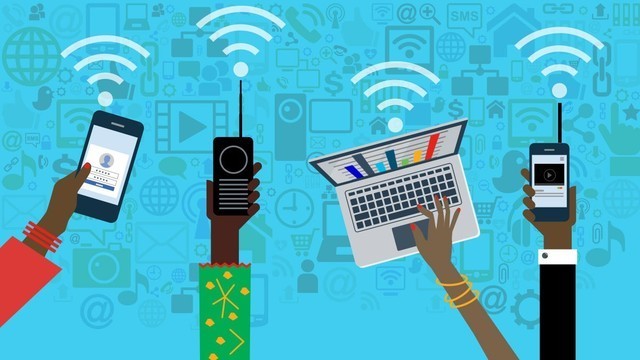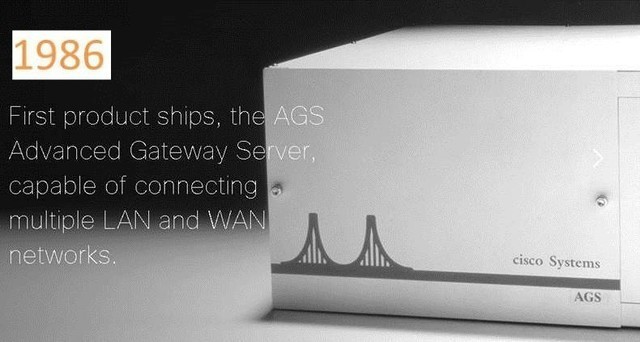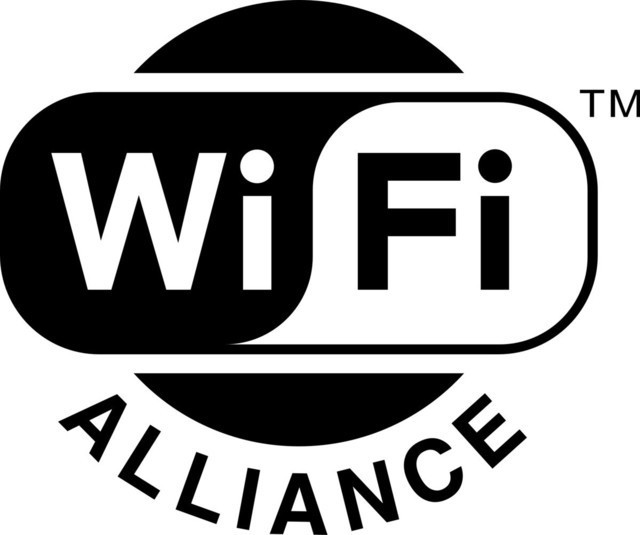In order to make your Internet more enjoyable, what has the router gone through over the years

Between the broadband operators and the people who actually
use the network, the router can be said to be one of the most important roles.
Of course, the optical modem is also one of them, as a special purpose for
reading the address in each packet and then determining how to transmit
Intelligent network equipment, routers well assume the role of gateways between
networks.

I have to say that the development of the Internet is really
fast. Think about it when I was in junior high school, I was still using Tencent's
3G version to "watch online" the text live broadcasts of events such
as NBA. Now as long as the broadband at home is strong, online 4K is not a
problem (although many online the bit rate of the video is far from the level
of true 4K), which also confirms the substantial improvement of the network
from the side.

Between the broadband operators and the people who actually
use the network, the router can be said to be one of the most important roles.
Of course, the optical modem is also one of them, as a special purpose for
reading the address in each packet and then determining how to transmit
Intelligent network equipment, routers well assume the role of gateways between
networks. By forwarding and exchanging numerous information on the network,
that is, routing technology, it satisfies the general public's comprehensive
application of data, voice and image, and promotes and promotes the development
of the entire Internet and network technology.
It can be said that routers constitute the backbone of the
Internet. Its processing speed is one of the main bottlenecks of network
communication, and its reliability directly affects the quality of network
interconnection. Therefore, in campus networks, regional networks, and even the
entire Internet research field, router technology has always been at the core,
and its development process and direction have become a microcosm of the entire
Internet research.

As the first-generation router in name, the AGS officially
launched by Cisco in 1986 was more responsible for connecting the incompatible
computer networks in the university before it came out. Even after the official
release, it mainly For scientific research and educational institutions and
enterprises to connect to the Internet, the function of the router can be
realized by connecting multiple network cards to one computer, and the CPU is
responsible for routing mobile phones, forwarding processing, equipment
management, etc.

The second-generation router appeared with the increase of
network traffic, mainly to solve the increasing burden of CPU and bus. Due to
the greater improvement in forwarding performance, it can also provide rich
connection methods and Interface density has been widely used in the Internet
and corporate networks.
In the 1990s, Web technology turned out to be the rapid development of IP networks, and the content of users' access to the Internet has been greatly enriched. In order to cope with this situation, there is a fully distributed structure, which is the third-generation router of the technology of separating routing and forwarding. The third-generation router is responsible for the management of the entire device and the collection and calculation functions of the routing through the main control board, and the data forwarding between the bus and the service board is completely independent of the main control board, achieving parallel high-speed processing, making the processing performance of the router into Times increased.
In the mid and late 1990s, with the commercialization of IP
networks, including complex operations such as QoS guarantee, routing lookup,
stripping/adding of Layer 2 frame headers, routers implemented through ASICs
also appeared, which was also the early gigabit switching Type router.
After entering the millennium, various new technologies such
as network management, user management, business management, MPLS, VPN,
controllable multicast, IP-QoS, and traffic engineering have been added to
routers to deal with key IP business processes. The above uses programmable
network processor technology designed specifically for IP networks to make the
router more powerful.
Wi-Fi technology has advanced along with routers. Since the
godfather of Wi-Fi Michael Marcus proposed to the FCC to open up unlicensed
spectrum for industry use and increase the transmission power of unlicensed
spectrum devices, manufacturers have The formulation of relevant standards
began. In 1991, NCR's engineering team and its joint venture partner AT&T
developed WaveLAN technology in the Netherlands. This technology is considered
the embryonic form of Wi-Fi. Later, the standard versions of IEEE 802.11,
802.11b and 802.11a, were approved. WECA also gave the technology the name
"Wi-Fi", plus Apple introduced Wi-Fi for the first time in its new
generation of iBook laptops. , So that this technology can be displayed in
front of the public.

Since then, Wi-Fi technology has become a new technology rushed
by major manufacturers, from individuals to families, from homes to public
places, into the lives of each of us. WECA has also launched 802.11n, 802.11ac,
802.11ax and other standards in full swing, which is the Wi-Fi 4, Wi-Fi 5 and
Wi-Fi 6 we are familiar with later.
Now, after more than 20 years of development, the
transmission speed of Wi-Fi 6 is 873 times that of the first-generation Wi-Fi.
Compared with the most popular Wi-Fi 6, Wi-Fi 6 is faster, supports more
concurrent devices, lower latency, and lower power consumption. Wi-Fi 6 uses
OFDMA technology that is the same as 5G, combined with 1024-QAM high-order
modulation, can support a maximum bandwidth of 160MHz, and the speed is nearly
three times faster than WiFi 5. Intelligent frequency division technology can
support more devices concurrently and increase the capacity of access devices
by 4 times. The access devices are more concurrent, which can reduce the
queuing phenomenon, actively avoid interference coloring, and reduce the delay
by two-thirds. When the terminal device is on standby, it supports the
on-demand wake-up function, which reduces the terminal power consumption by
30%.

Compared with Wi-Fi 5, Wi-Fi 6's technical transcendence is
all-round. At present, laptops, smartphones, tablets and other products
launched in the second half of 2019 are all equipped with Wi-Fi 6 wireless
network cards. If users upgrade their home routers to Wi-Fi routers, they can
enjoy faster Wi-Fi Internet experience.
So the question is, are you in front of the screen using a
Wi-Fi 6 router?